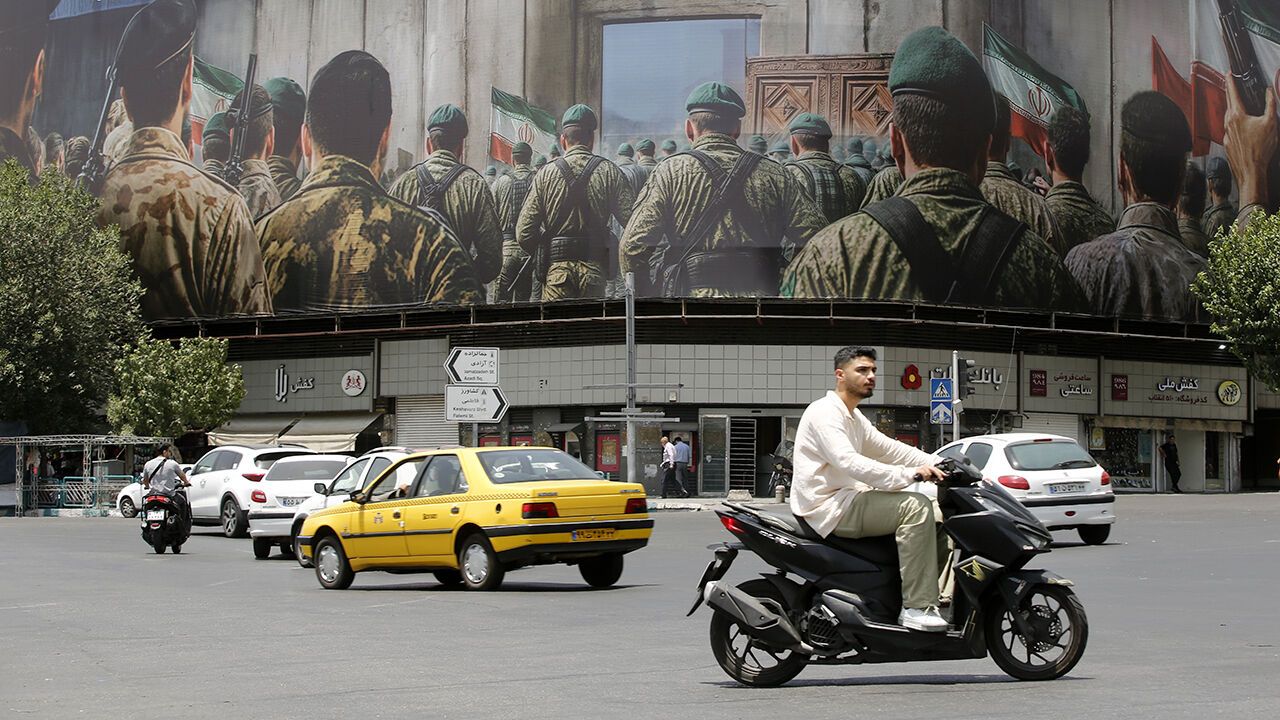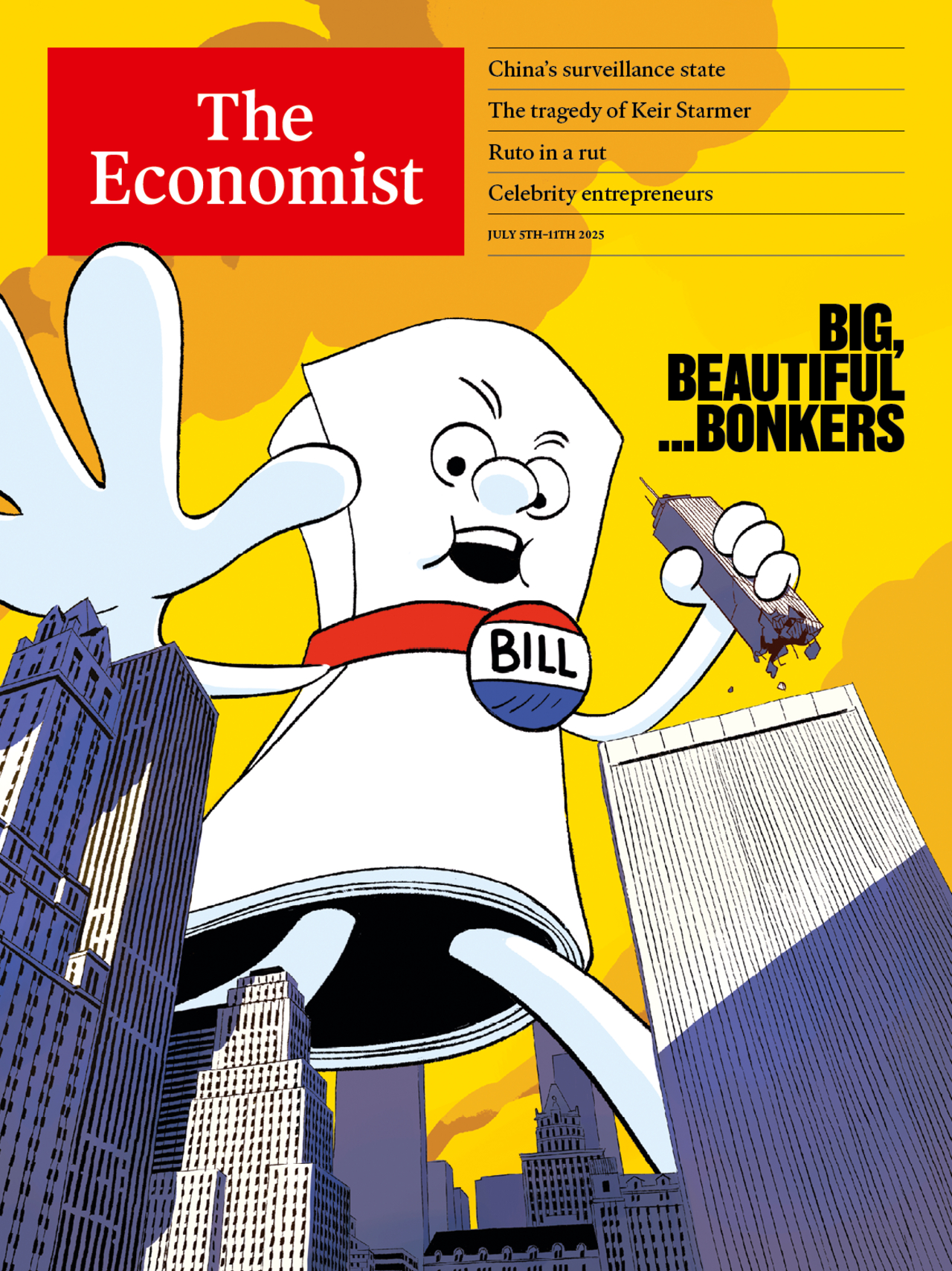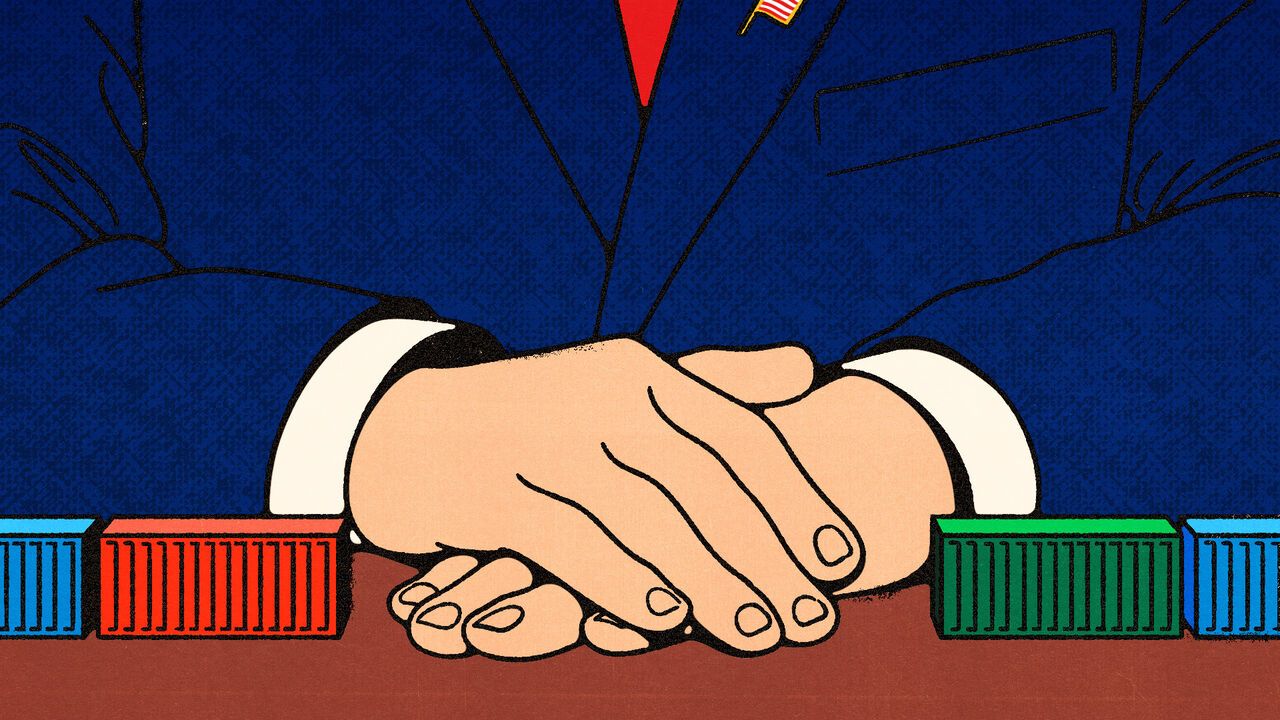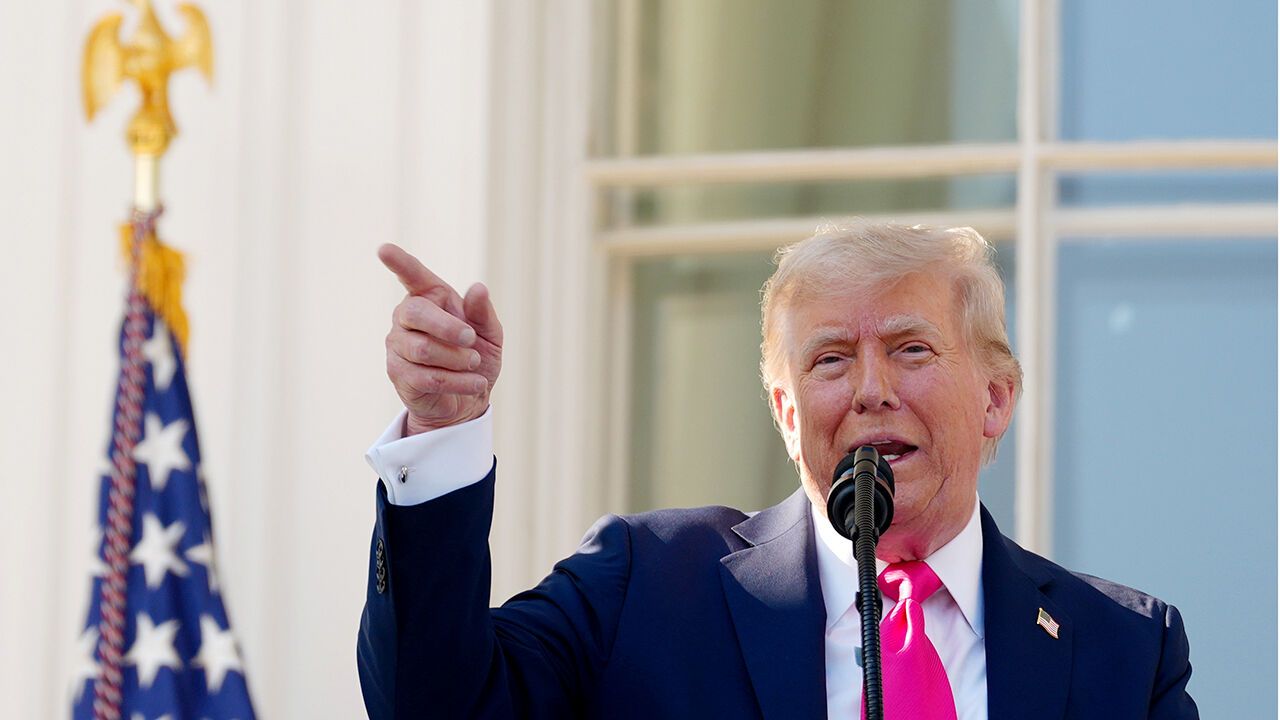Inside Iran’s war economy
Airstrikes and sanctions leave the country poor. They do little to halt its nuclear development

Even before the bombs began to fall, Iran’s economy was in a bad way. Six in ten working-age people were unemployed. Prices had risen by 35% in the past year. Some 18% of the population was living below the World Bank’s poverty threshold. Despite exporting gas and oil, Iranian officials had to burn mazut, a low-grade refining byproduct, to keep the lights on. Binyamin Netanyahu, Israel’s leader, then went after economic targets. Amid attacks on military bases and nuclear facilities, Israeli planes bombed at least two gas fields, a few oil fields and a car factory.
Explore more
This article appeared in the Finance & economics section of the print edition under the headline “The bomb squad”
Finance & economics
July 5th 2025- Xi Jinping wages war on price wars
- How to strike a trade deal with Donald Trump
- Big, beautiful budgets: not just an American problem
- Can Trump end America’s $1.8trn student-debt nightmare?
- Vanguard will soon crush fees for even more investors
- Inside Iran’s war economy
- India’s Licence Raj offers America important lessons

From the July 5th 2025 edition
Discover stories from this section and more in the list of contents
Explore the edition
Don’t invest through the rearview mirror
Markets are supposed to look forward; plenty of investors look back instead

Trump’s trade deals try a creative way to hobble China
To appease the world’s biggest market, countries must anger the world’s biggest trader

The great dealmaker is conspicuously short of trade deals
Donald Trump issues threats—and grants deadline extensions
Struggling with the trade war? Amateur football might help
Jiangsu’s party cadres find success with a bizarre idea
How America’s economy is dodging disaster
It is astonishingly dynamic, even under the weight of tariffs
Vanguard will soon crush fees for even more investors
Pity the firm’s rivals

